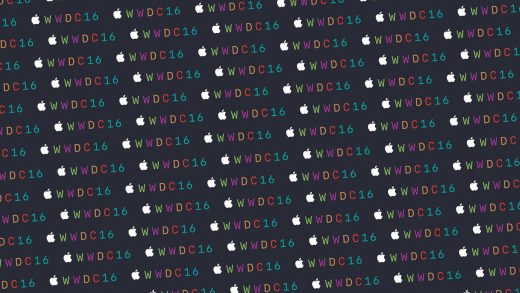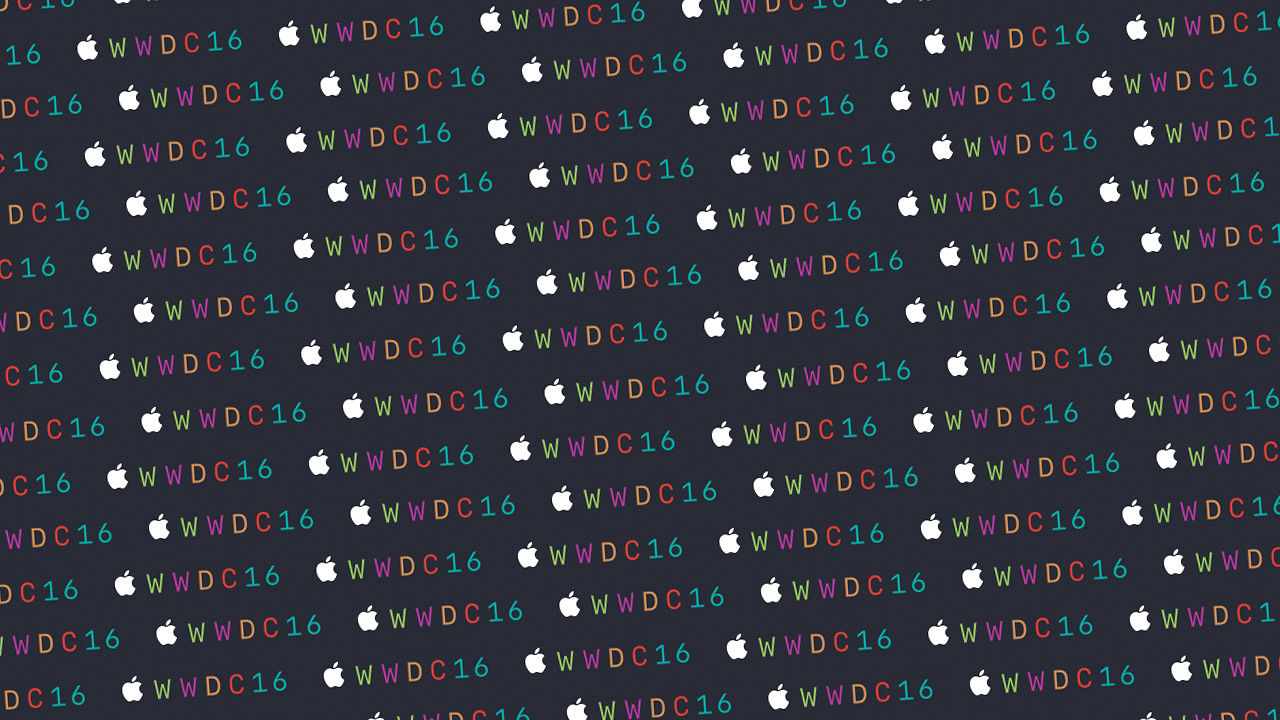WWDC 2016: Here’s What Apple Is Expected To Announce
Apple’s Worldwide Developers Conference next Monday will be all about the brains behind Apple devices—the operating systems. It’s not likely we’ll see any new gadgetry (I could be wrong; it’s happened), but we’ll get a busload of information about new tricks in iOS, Mac OS, watchOS, and tvOS.
At last year’s WWDC, you may remember, Apple introduced OS X 10.11 (El Capitan), iOS 9, and WatchOS 2. The News app debuted, Maps added public transit directions, and HomeKit and CarPlay both got updates. This year we’ll hear a lot about how Siri is moving deeper into Apple’s major OSs, and about her advances in general smarts and usefulness. And Apple execs will probably talk about how the company has further integrated its cloud services into its OSs and apps.
The Cupertino, Calif.-based company is, of course, very secretive about its software development, but some rumors and leaks have made their way out in advance of WWDC—some more credible than others.

What’s In iOS 10?
Apple has a habit of adding things to its mobile OS that Samsung has already added to its smartphones. Let’s hope this includes split-screen capability support for iPhones, making it easy to work in two apps—like Notes and Safari, for example—at the same time. This already works on tablets, but not yet on iPhones, not even the plus-size ones. Apple may also borrow the Samsung Galaxy S7 trick of showing some data on the phone screen during sleep time. This might include date, time, battery life, and notification status.
It’s a good bet that Apple will show some functional and cosmetic improvements to the Photos app, possibly adding new editing features. And rumor has it that the home screen of iOS will see some minor cosmetic changes, which could include some icon redesigns and subtle changes to the app grid design.

Apple Music Makeover
In both Apple Music and iTunes, Apple has had trouble creating a place where users can easily manage their owned, downloaded, and streamable music. Since February, Apple has reportedly been trying to design itself out of the problem, work we’ll likely see for the first time at WWDC.
While the new subscription streaming service part of Apple Music has gotten most of the attention in the past year, industry insiders point out that it’s not a high-margin business due to high royalty rates paid to top-selling artists, and hefty marketing expenditures. The download business is about three times as profitable, according to Bloomberg. So Apple must continue featuring downloads in any redesigned interface it creates.
Early reports say Apple Music’s makeover will consist mainly of interface changes, no deep functional retrofitting. 9to5Mac’s Mark Gurman believes the “New” tab, which contains curated playlists, top lists, and featured content, will be cleaned up and renamed “Browse.” Gurman also believes the app will get a black-and-white color scheme, and will rely more on (larger) album art to provide the color. Other reports say Apple will add support for song lyrics to Apple Music.
It was rumored earlier this year that the social aspect of app—Connect—will be abandoned. Turns out not many people want to tell Keith Urban how cool his hair looks. It seems more likely that Apple won’t kill the feature after only a year, but rather bury it a level deep in the app.

The Siri Show
Siri will be a significant part of the presentation at this year’s WWDC.
Of all Apple’s operating systems, OS X has the least Siri. This could change soon. On a Mac, for instance, Siri could be used to give users voice control over things like sending texts or emails, or making hands-free voice calls.
Perhaps most importantly, Apple is likely to finally release a software development kit (SDK) to developers so that they can integrate Siri into their own apps. This will enable users to call for a ride in the Uber app using a voice command. Or order a pizza from Dominos, or reserve a table with OpenTable.
The Year Of Messaging AI
If Apple was to follow the prevailing winds in this year’s platform developments, it might launch a free-standing intelligent home assistant device like Amazon Echo and Google Home, and it might build the same AI into its messaging platform. Rumors about the home device have circulated, but I doubt Apple will announce such a thing at WWDC. It’s more likely Apple will announce that it’s built new intelligence into its iMessage service. The most probable of the possibilities would be the addition of personal mobile payments via Apple Pay.
People spend an enormous amount of time in messaging apps throughout the day. So, starting with WeChat, they’ve become platforms from which all kinds of other services—like search, payments, and personal assistants—have grown. Payments are often one of the first services to be added, making the Apple Pay integration a reasonable bet. Microsoft, Facebook, and Google are working hard to bring intelligent personal assistants and bots to messaging apps, and it’s not out of the realm of possibility for Apple to announce its own AI for iMessage at WWDC.
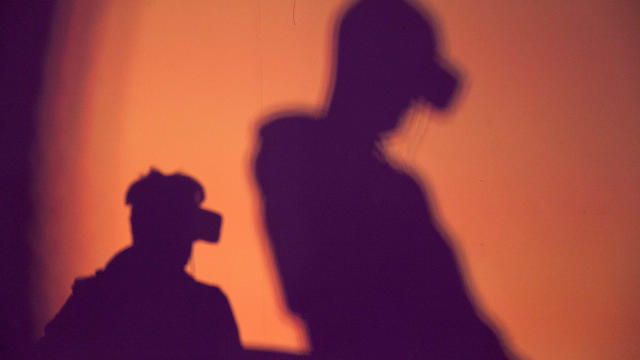
A VR Surprise?
Speaking of prevailing winds, Apple could fall in line with almost every other major tech platform by announcing some kind of virtual reality experience. Apple VR is inevitable; the question is when and how.
Apple has never rushed into markets. It hangs back and benefits from the hard lessons of others, and jumps in when it’s ready. But the VR race is already well underway, with Samsung (arguably) taking the early lead. How long can Apple afford to wait to jump in?
The company doesn’t need to be a new headset (that’s a massive long shot); it could simply add support for VR functions and content in iOS 10. Google is doing exactly that in Android N. That would definitely bring Apple up to date with competitors.
However, my gut says we’ll have to wait a while longer to finally see Apple’s take on VR, or AR (augmented reality) or MR (mixed reality).
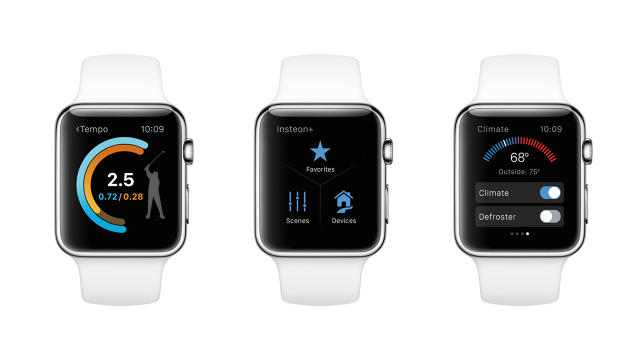
Here Comes watchOS 3
Apple will announce watchOS 3 at WWDC, 10 months after watchOS 2 arrived last September. It’s a good time to announce the new OS, as developers will need time to play with it in advance of the (likely) announcement of Apple Watch 2 next September.
A few weeks ago, Google announced a new version of its Android Wear OS for wearables, and while the new OS included a wide array of improvements, many of them focused on one general thing—making the smartwatch more independent of the smartphone. This theme is likely to govern the upgrades Apple chooses to package into watchOS 3, too.
In fact the movement has already begun. Since early June, Apple has required developers to make their Watch apps able to run natively on the Watch without relying on the phone side of the app to function. And watchOS 3 is likely to go much further in that direction.
As I’ve written, I’m betting that Apple will add support for a cellular radio connection in watchOS, as Google did in Android Wear 2. This would point to a 4G or LTE-connected Apple Watch 2 coming this fall, which would be pretty exciting. It would be a major step in the usefulness of the Watch because it would allow for a constant connection to the Internet even when the paired iPhone is nowhere around. Runners and purse diggers would rejoice.
The new OS will also likely contain a number of changes that allow apps to run faster and use less precious battery power. It may add support for new types of health sensors, and will almost certainly make existing health software smarter. Both Android Wear and Samsung’s Tizen operating systems can now automatically detect when you’ve started a workout and what sort of workout it is; Apple may add a similar convenience to watchOS.
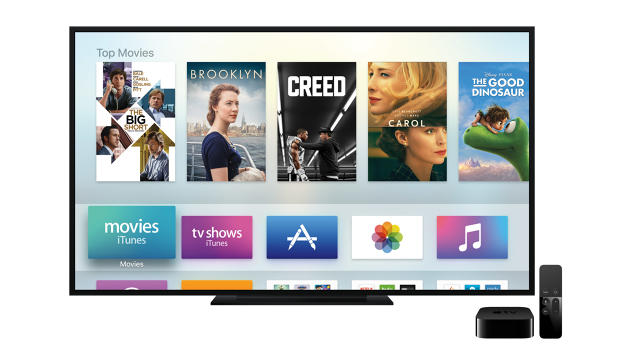
A Smarter Apple TV
We’ve been asking for 18 months now why Apple hasn’t doubled down on making Apple TV the hub for its HomeKit smart home platform. Actually, we expected to see this announced last year at WWDC. Nope.
This year might be the year. The problem with HomeKit is that Apple hasn’t featured it, and has not fired up developers to create apps for it. So there’s little energy to attract other smart home hardware makers to sign onto the platform as partners. Meanwhile, platforms like Samsung’s SmartThings, and even Amazon Alexa have been racking up smart home partners by the dozens.
Apple is behind in the smart home space, which has been hindered by consumer confusion over competing standards and connection technologies. Declaring the Apple TV the center of the HomeKit universe could provide some clarity to developers, partners, and consumers.
The biggest enhancement to tvOS we’re likely to hear is the deeper integration of Siri into the Apple TV remote control. Expect Apple to announce a bunch of new content search and organization commands that you speak. Using one’s voice to communicate with the TV is a natural, simply because you can’t fit enough buttons on a hand-size piece of plastic to cover all the queries and commands you need to communicate. Apple has chosen to use its remote control for just a few important things, with voice picking up everything else. And it’s that “everything else” that we expect to see expanded at WWDC.
The presentation at WWDC is all about convincing the press and the developer community that Apple’s various platforms are being pushed quickly forward by the best software engineers and designers on earth. On June 13th considerable time will be devoted to deep dives into iOS, OS X, watchOS, and tvOS to get developers revved up about new features and efficiencies that are coming. And deeper Siri and cloud integration will be themes that run throughout.
And, hopefully, Apple have some kind of surprise in store for us. While it’s probably not a new gadget, we hope we get something better than last year’s surprise appearance by Tim Cook’s go-to jam—OneRepublic.
Read More:
- 10 iOS Features We’d Love To See Apple Announce At WWDC
- As WWDC Approaches, Three Big Changes That Would Make The Apple Watch Way Better
The history of Apple in under 3 minutes
Fast Company , Read Full Story
(31)

